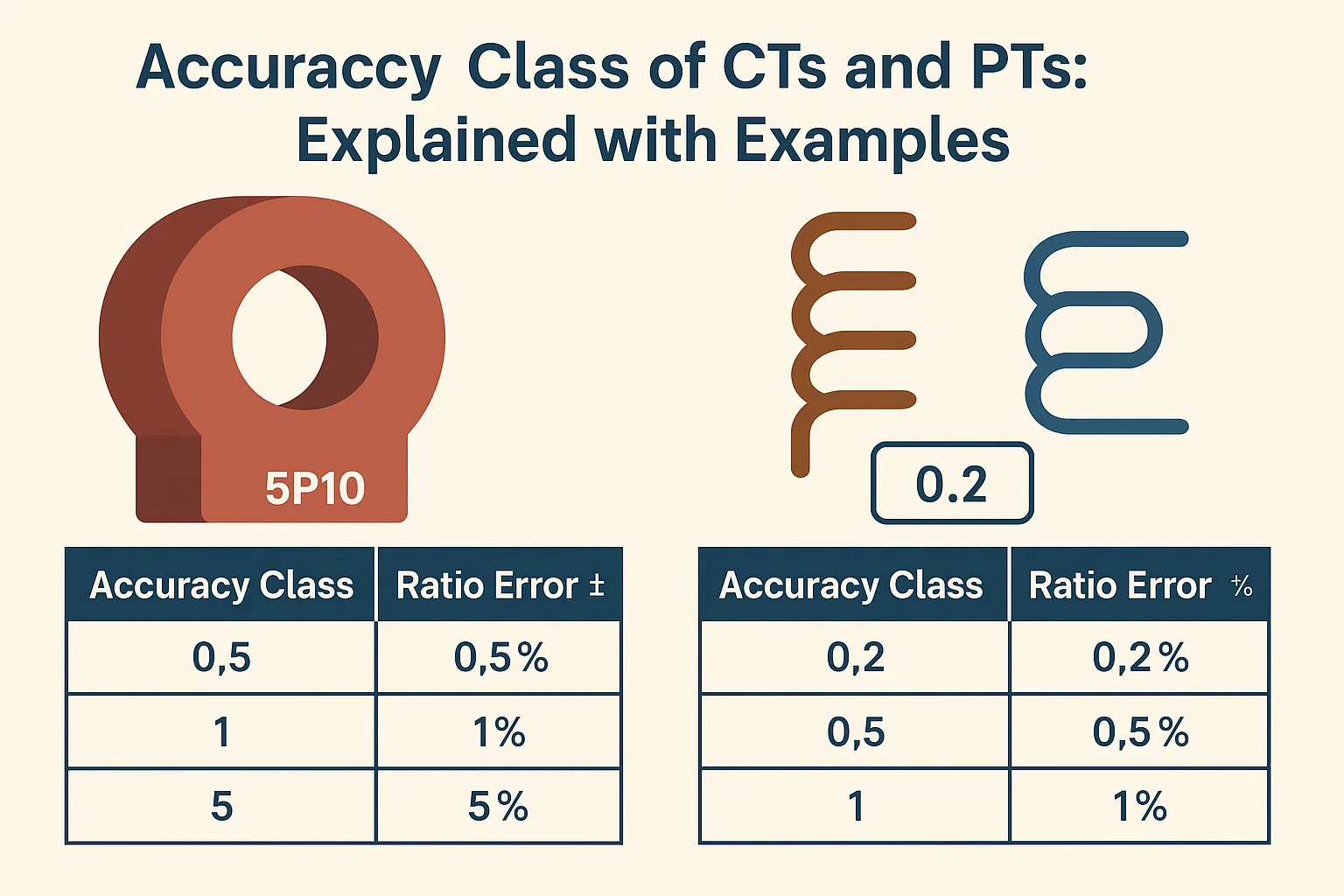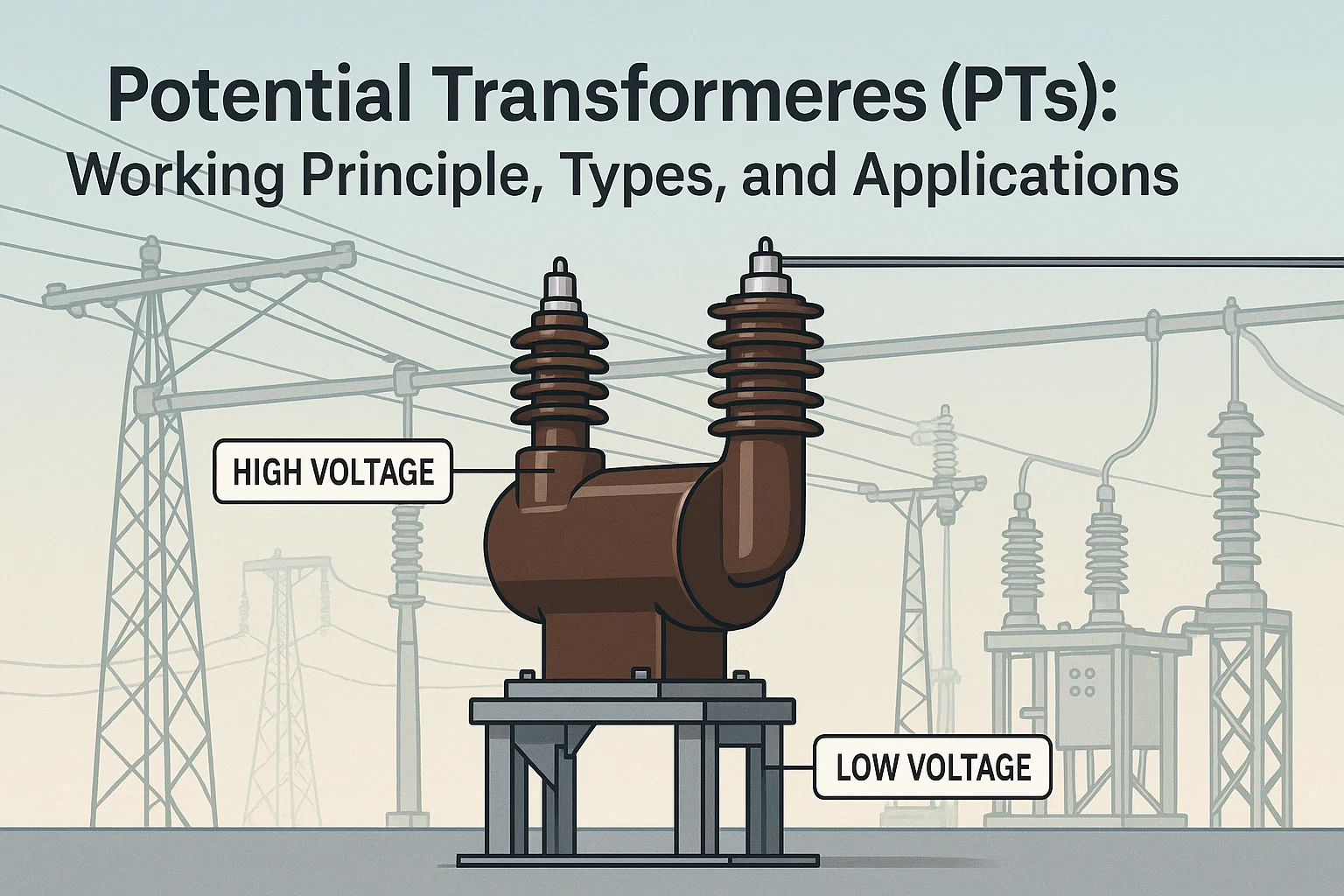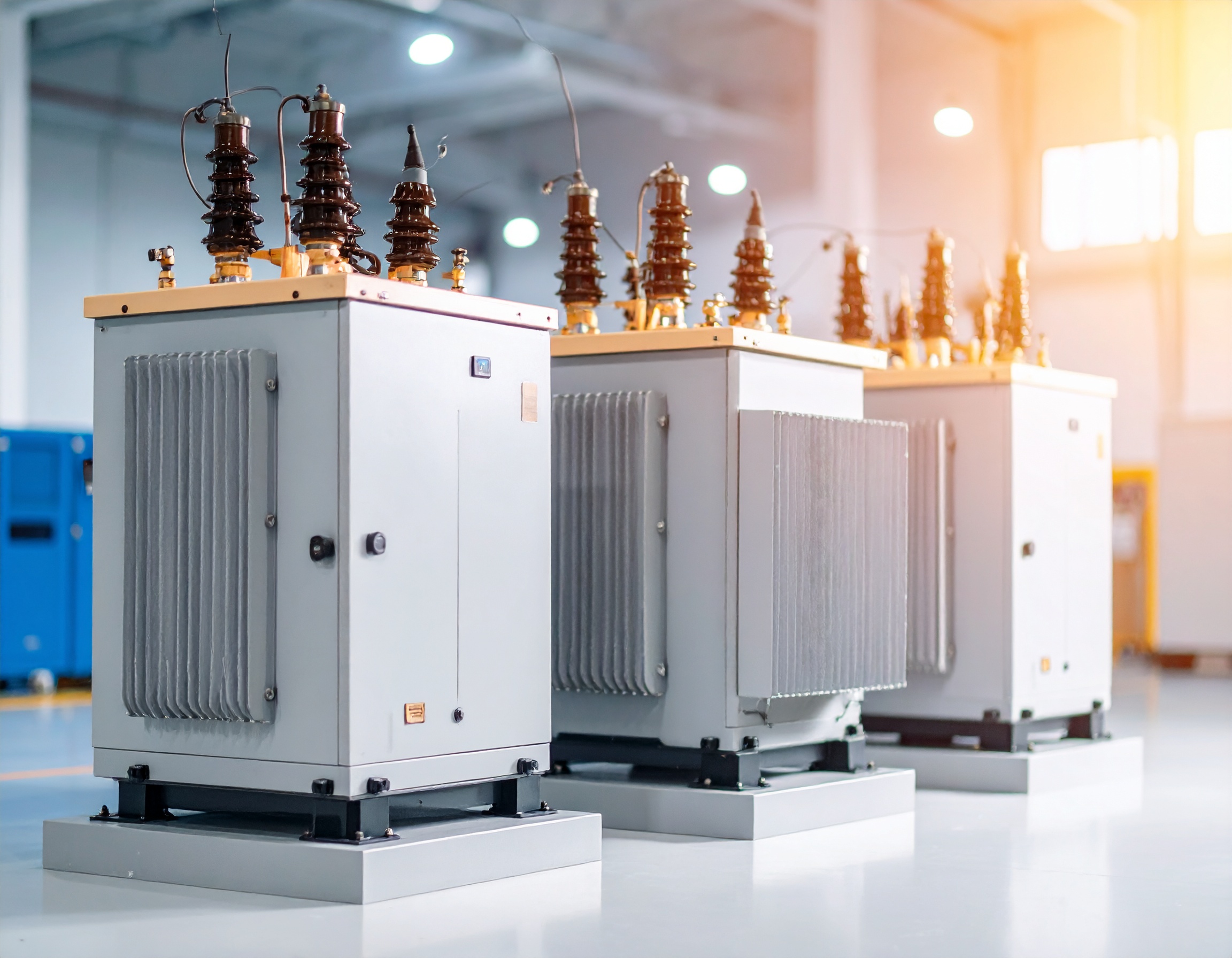Instrument Transformers vs. Power Transformers: Key Differences & Uses Explained (CT, PT, Substations)
Got it! Here’s your improved WordPress blog in plain text format (no HTML tags), ready to paste directly into the WordPress visual editor — with proper headings, internal linking suggestions, transition words, and improved readability. Power Transformer vs Instrument Transformer: Key Differences Explained In the modern electrical grid, transformers play a silent but crucial role. … Read more




